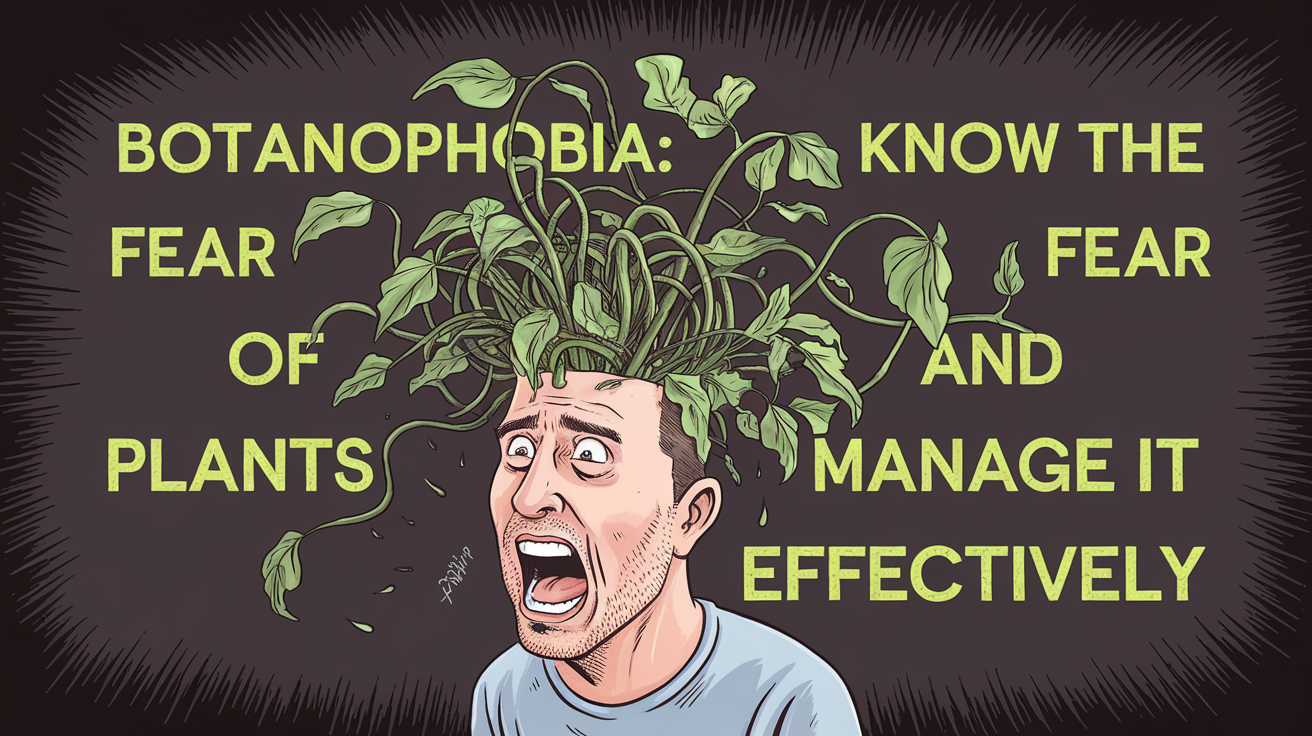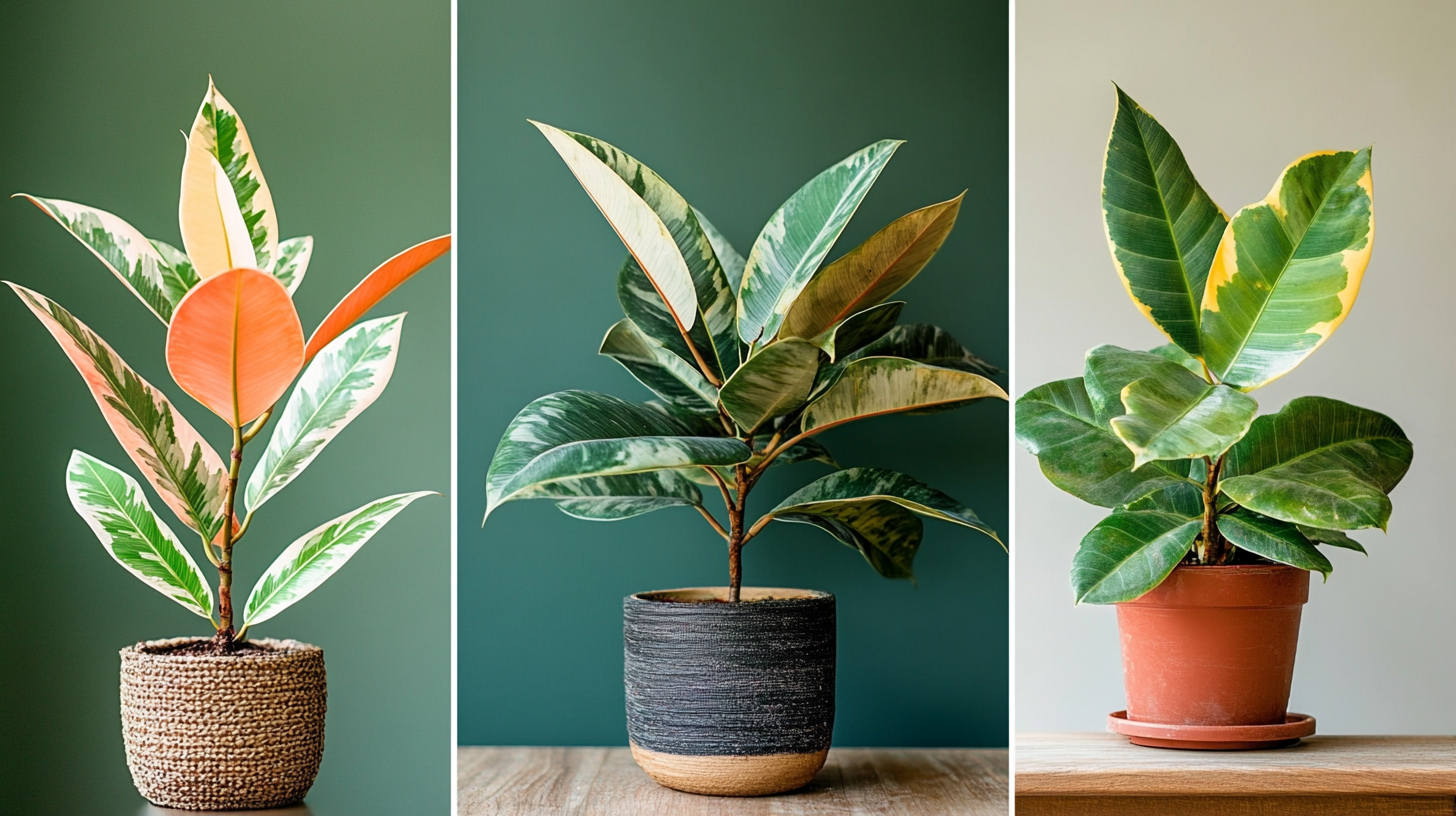
Botanophobia, the fear of plants, may seem unusual, but it can significantly impact a person’s life.
This phobia can manifest as anxiety around specific plants, an aversion to touching greenery, or discomfort even at the sight of plants in images or on television.
From avoiding parks and gardens to refusing to enter homes with houseplants, botanophobia can limit social interactions and outdoor activities.
Understanding the nature of this fear, its causes, and the symptoms it produces is essential to managing its effects and finding solutions.
With the right coping strategies and treatment options, individuals can overcome their fear and lead a more fulfilling life.
Understanding Botanophobia

Botanophobia is an intense fear of plants that can manifest in various ways.
For some individuals, the sight of specific plants triggers anxiety, while others may feel discomfort being in proximity to any kind of greenery.
This fear can extend to a variety of plants, including indoor houseplants, flowers, or even images of plants in media.
The phobia can significantly interfere with daily life, especially in environments where plants are commonly present, such as gardens, parks, or even someone’s home.
- Fear of touching plants: Some individuals may avoid touching plants due to fear of harm, dirt, or perceived danger from thorns or toxins.
- Fear of specific plants: Certain plants, like cacti, flowers with strong fragrances, or vines, may induce more anxiety than others.
- Indoor plant anxiety: The presence of houseplants, commonly seen as decorative elements, can be a major source of distress.
Triggers for Anxiety
Various situations may exacerbate botanophobia, leading to heightened fear and discomfort.
- Outdoor green spaces: Public parks, forests, and gardens may trigger intense fear, making outings difficult.
- Social events: Activities like picnics, outdoor weddings, or gatherings in green settings can become overwhelming due to the presence of plants.
- Nature imagery: Even images of plants in magazines, TV, or movies can cause severe discomfort or panic.
While general anxiety may involve a range of fears and discomforts, botanophobia is specifically tied to plants, making it a distinct phobia.
- Botanophobia vs. nature anxiety: Some people fear nature broadly (known as biophobia), while botanophobia is limited to plants themselves.
- Specificity of triggers: Botanophobia focuses narrowly on plants, whereas general anxiety may have multiple unrelated triggers.
Symptoms and Impact on Daily Life
Physical Symptoms
Botanophobia often triggers physical symptoms, particularly when an individual is near plants or exposed to environments where plants are present. These symptoms can range from mild discomfort to severe reactions that resemble panic attacks.
- Sweating and shaking: A common response to the fear of plants is uncontrollable sweating and shaking when close to greenery.
- Rapid heartbeat: Anxiety caused by the presence of plants can lead to an elevated heart rate and a feeling of impending panic.
- Nausea or dizziness: In severe cases, physical symptoms may include nausea or dizziness when forced to interact with or be near plants.
Avoidance Behavior
To manage their fear, individuals with botanophobia often engage in avoidance behaviors that can interfere with everyday activities. These behaviors help reduce anxiety but may limit participation in social or outdoor activities.
- Avoiding parks and gardens: People with botanophobia may avoid green spaces, including public parks, nature reserves, and even garden centers.
- Refusing to enter homes with indoor plants: For some, even entering a home or office with houseplants can trigger discomfort or anxiety, leading to avoidance of certain social situations.
Coping Strategies and Treatment Options
1. Manage Fear
For individuals with botanophobia, developing effective coping strategies is essential for managing daily interactions with plants.
These techniques can help reduce anxiety and make situations involving plants more bearable.
- Gradual exposure to plants: Slowly introducing plants into one’s environment in controlled settings can help desensitize the fear. Start with small, non-threatening plants and gradually progress to larger ones.
- Mindfulness and relaxation: Mindfulness exercises like deep breathing or meditation can help calm the anxiety associated with being near plants. Focusing on the present moment may also reduce the fear response.
- Using protective measures: For those with fears of plant injuries or contamination, wearing gloves or long sleeves when near plants can provide safety and control.
2. Cognitive Behavioral Therapy (CBT)
Cognitive Behavioral Therapy is one of the most common and effective treatments for phobias like botanophobia.
CBT helps individuals recognize and challenge irrational fears, replacing them with healthier thought patterns.
- Cognitive restructuring: A therapist will work with the individual to identify negative thoughts about plants and gradually reshape them into more positive, realistic ones.
- Behavioral interventions: Exposure to plants in a structured and supportive environment allows individuals to reduce their anxiety over time, making the fear less overwhelming.
3. Exposure Therapy
Exposure therapy involves gradually exposing the person to their fear—in this case, plants—in a controlled and safe environment.
Over time, repeated exposure can help diminish the anxiety response, making it easier for individuals to tolerate or engage with plants.
- Systematic desensitization: The person is exposed to increasingly challenging plant-related stimuli, starting with pictures of plants and progressing to physical proximity with live plants.
- Virtual environments: In some cases, virtual reality or other simulated environments can provide an initial, less intimidating step in the exposure process.
4. Counseling and Support Groups
Speaking with a counselor or joining a support group can provide valuable emotional support and coping tools for individuals with botanophobia.
This allows people to share their experiences and learn from others facing similar fears.
- Individual therapy: Counseling provides a safe space for discussing the root causes of botanophobia and developing personalized strategies to cope with the fear.
- Support groups: Connecting with others who share similar phobias can provide reassurance, tips, and encouragement in overcoming the fear.
5. Medical Treatment Options
In cases where botanophobia is severe, medications may be prescribed to help manage the physical symptoms of anxiety, especially when other treatments are not enough.
- Anti-anxiety medications: These may be used temporarily to reduce anxiety in specific situations, such as being near plants.
- Antidepressants: For those with underlying anxiety or mood disorders, antidepressants can help manage broader symptoms contributing to botanophobia.
Conclusion
Botanophobia can disrupt daily life, affecting social engagements and professional opportunities.
However, individuals can manage their fear with effective coping strategies such as gradual exposure, mindfulness techniques, and protective measures.
Treatment options like Cognitive Behavioral Therapy, exposure therapy, and counseling offer a structured path toward reducing anxiety around plants.
By addressing the underlying causes and gradually building tolerance, it’s possible to overcome this phobia and regain confidence in plant-filled environments.
Seeking professional help can make a significant difference in living more comfortably with botanophobia.























































































































































